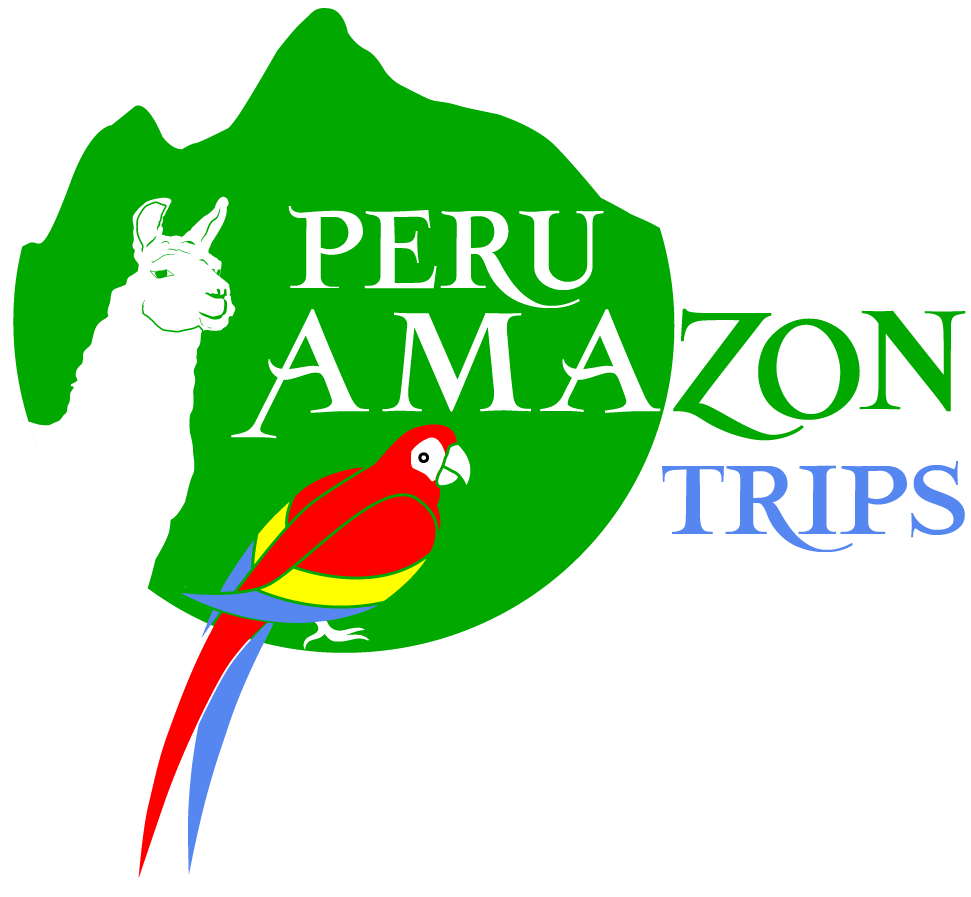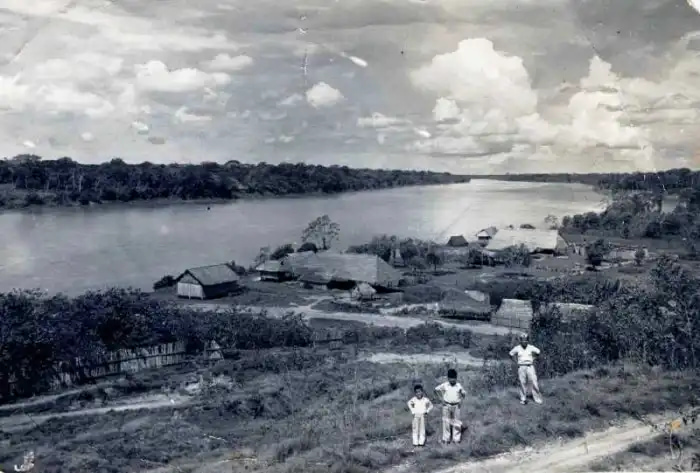Peru Amazon Trips will share with you a brief historical review of one of the most studied areas in Peru due to its biodiversity, however, much less is known about the expeditions that took place in the 19th century to open this area’s path for future generations. The first attempt to explore the Madre de Dios’s river was executed by the loretan collonel Faustino Maldonado, who baptized his newfound lands after his name.
Evidence shared in a 1928 text called “Notes about Madre de Dios’s history” by the preacher José Pío Aza, indicates that in 1861 Faustino Maldonado and a group of expeditioners, many from Cusco, reached the Piñi-Piñi river’s shores with the task of exploring the Madre de Dios’s river on its completion.
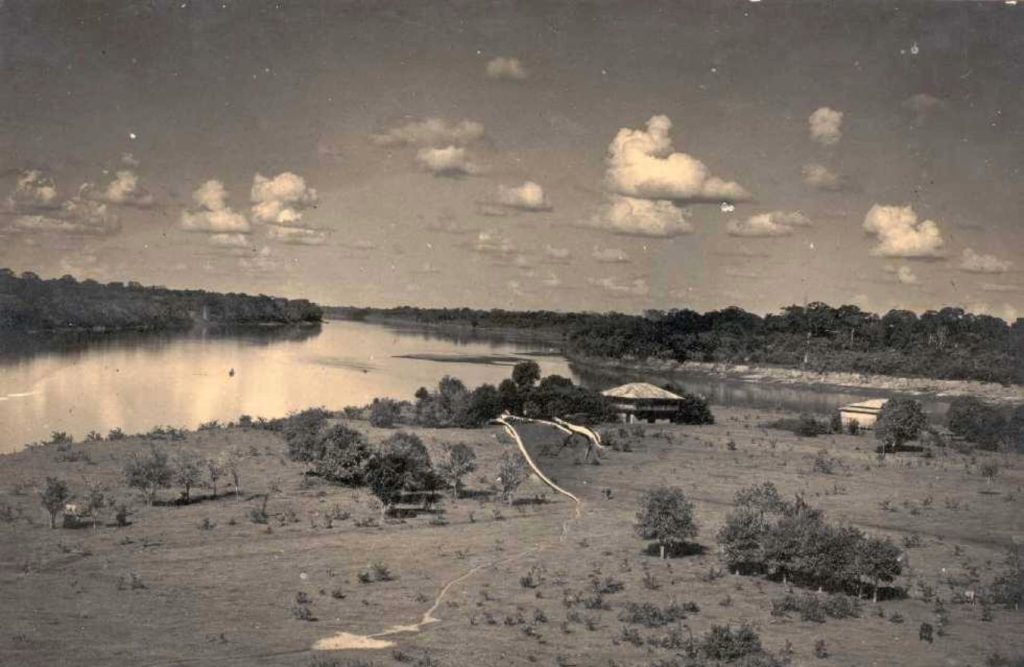
Ancient Enigma
The Amazonic portion that belongs to Peru has been a mystery for its inhabitants since the Inca era. Same applied to geography experts in the 19th century. The antropologist Gabriel Arriarán delivers more information on this matter, he comments that before this point the party of explorers went under difficult conditions after departing from Paucartambo because of the rainy season.
Four out of the eight explorers died after a wreckage in a zone denominated “Calderón del Infierno”, the rest of the group made it to Brasil asking for support to the local authorities. They abandoned Brasil by the river back to Peru around May 18th in 1861. Maldonado and his companions died when their boat overturned in the river rapids.
Many considered the expedition a failure because of the accident, however, Pío Aza didn’t share this opinion. According to his, Maldonado’s group solved one of the most important problems regarding the Peruvian hydrography by tracing the Madre de Dios’s river course.
Because of this labour and the adventure that went along it, the region’s capital was named after the collonel. The town was founded exactly 52 years after his departure from Paucartambo.
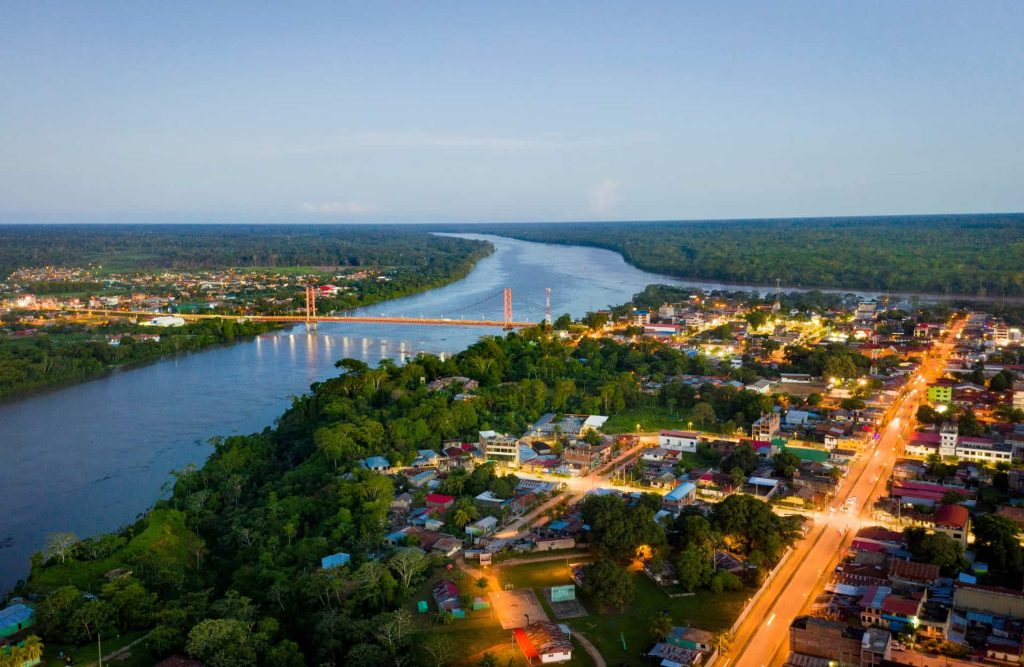
“Old Town” or Pueblo Viejo
Pueblo Viejo forms a crucial part of the history of Puerto Maldonado, located by the Madre de Dios’s riverside. It was here where the first Nakamura, Otsuka, Ynoue, Watanabe and many other japanese inmigrants came to live, being part of the country’s history of repeated migrations and particular race mixtures.
Local migrants didn’t fall behind though, many Puno and Juliaca inhabitants were atracted to this region because of the rumour of a gold rush in Puerto Maldonado‘s vicinity.
The city of Puerto Maldonado began it’s ocupation in this zone. The supreme Lima delegate baptized the newfounded city after Faustino Maldonado, it’s original explorer.
Old town still exists to this day, and it hosts many native communities, such as the Begazos, Malleas, Ikedas. These communities partly share the new urban area with the Interoceanic highway.
Puerto Maldonado is the region’s capital since 1912.
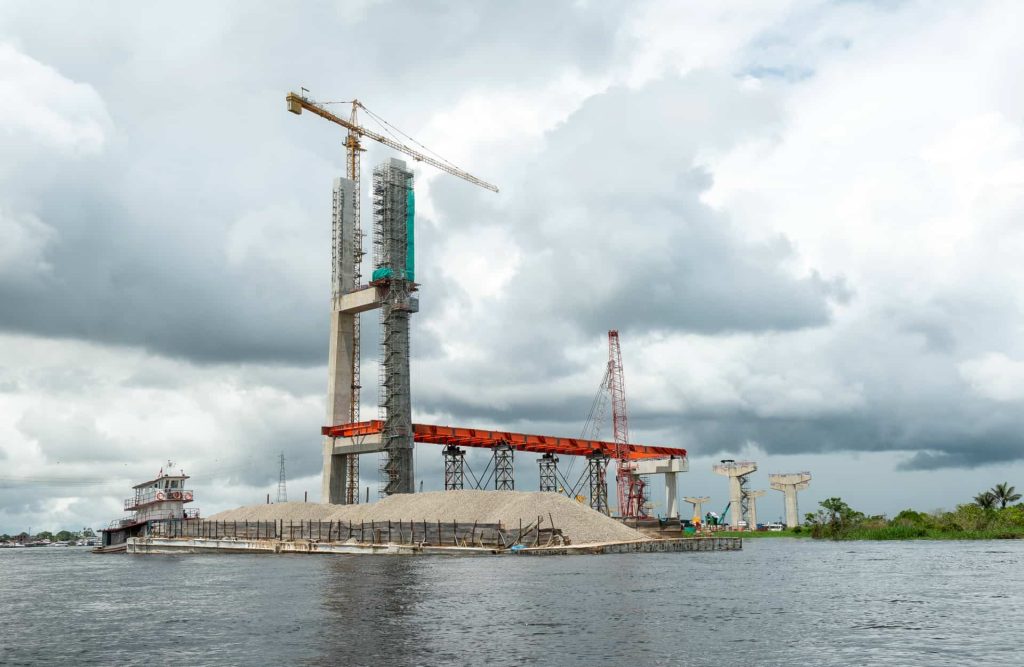
Currently
The high presence of flora and fauna all throughout the region earned this region the name of the Biodiversity capital.
Many attempts of exploiting the region’s lumber, gold and Brasil nuts still attract many migrants that incur in the rainforest. Unfortunately for locals, the many diseases that the migrants bring to their homes, are mortal.
The jungle engulfs the city partially, however, the urban area is completely surrounded by the rainforest. A trailhead that leaves the city directs to Sandoval Lake by taking a boat for half an hour approximately.
Sandoval’s Lake is a hotspot for avid birdwatchers. Other species that occupy this area are caimans, giant otters or capibaras.
By the year 2000, the ex-president Alberto Fujimori established Tambopata’s National Reserve area in an effort to protect the many ecosystems that are found in the rainforest.
Peru Amazon Trips is proud to be a part of the sustainable tourism activity in the region. The Amazon is a fragile environment that we need to take care of due to its global importance.
Visit this unique region and satisfy your interest, contact us!
We’ll be glad to help you to sort your traveling plans.
